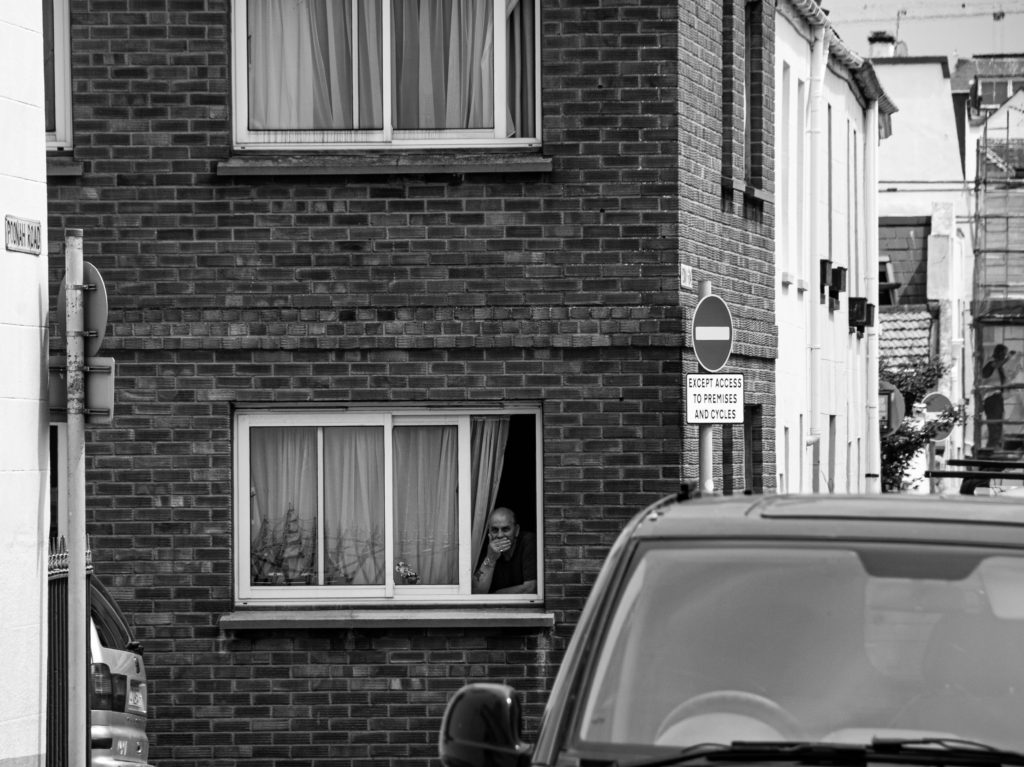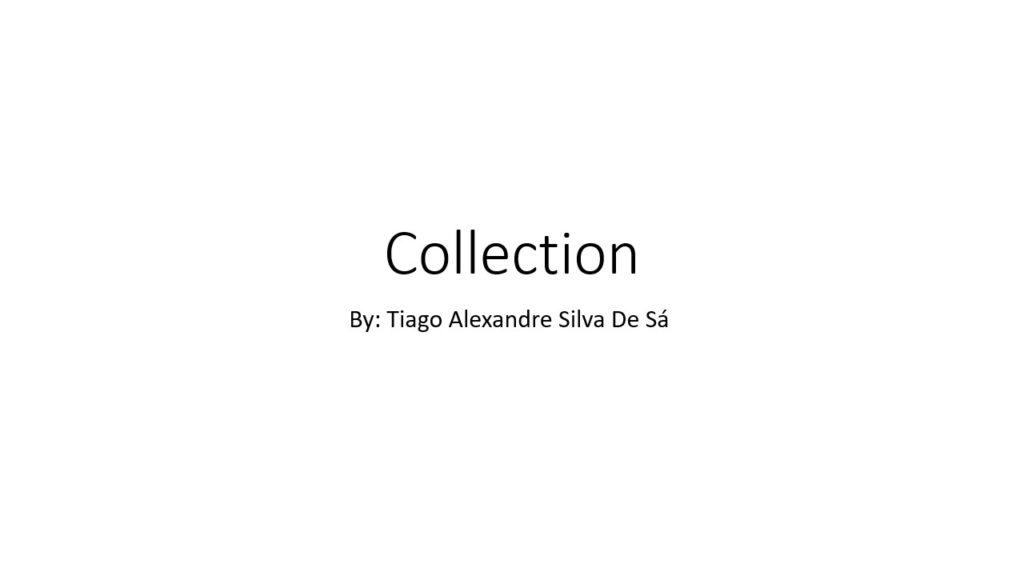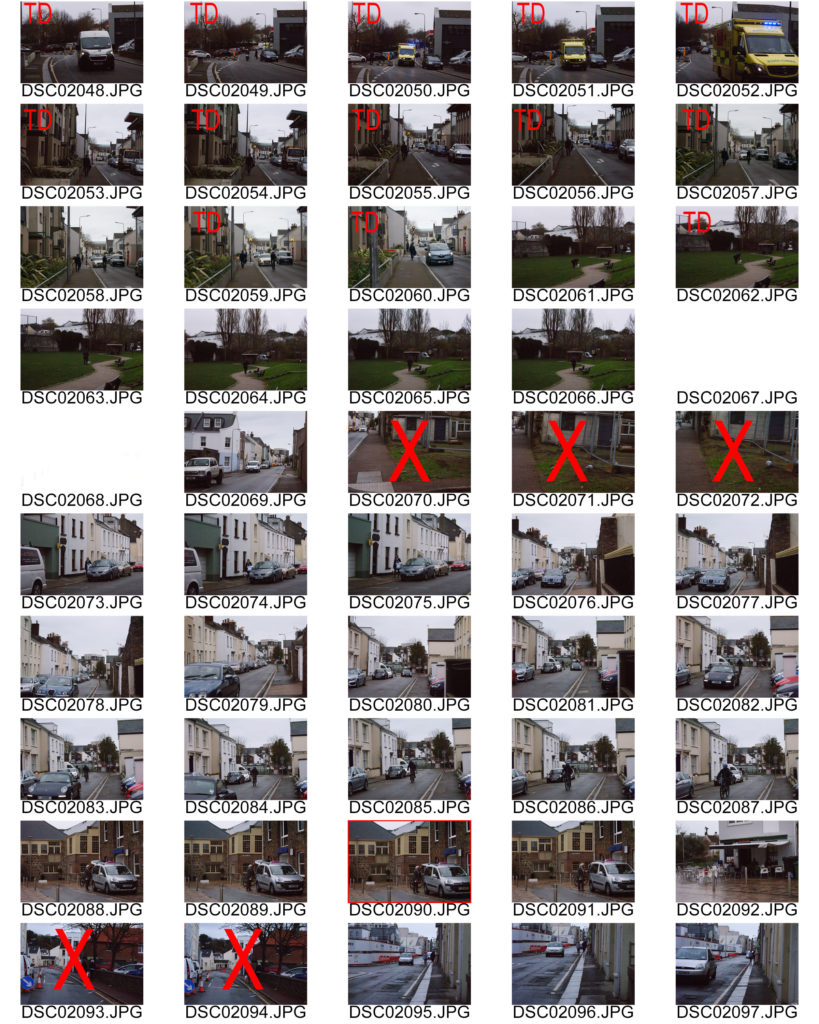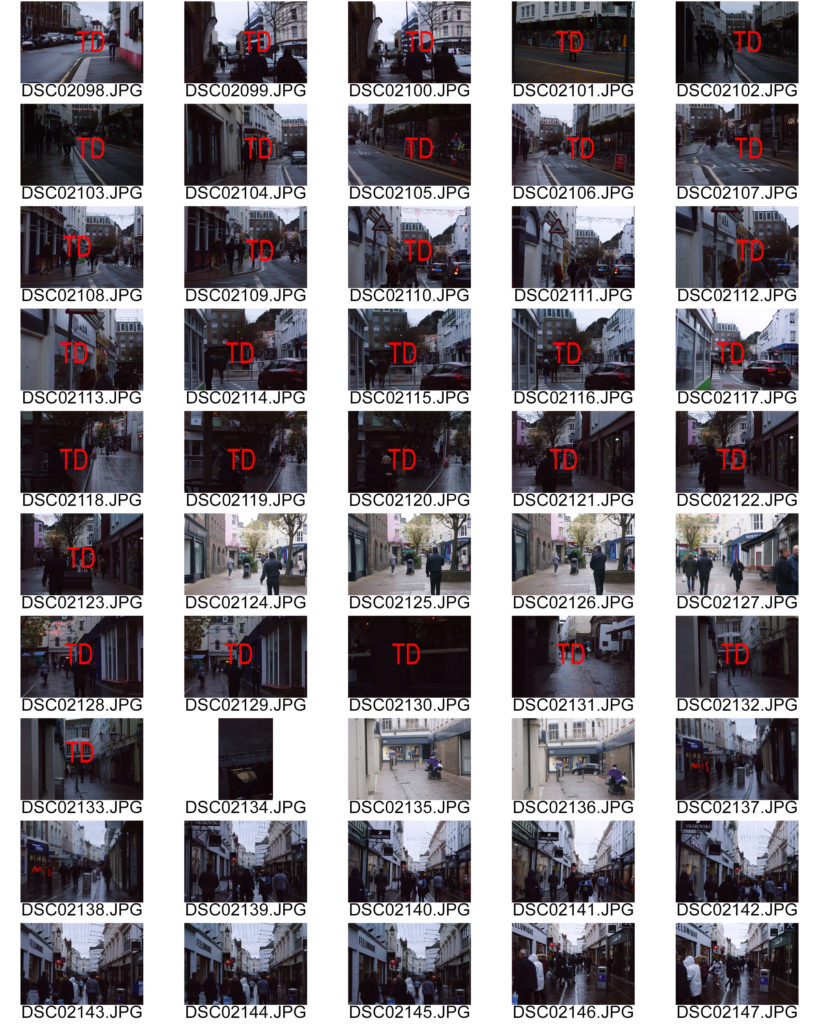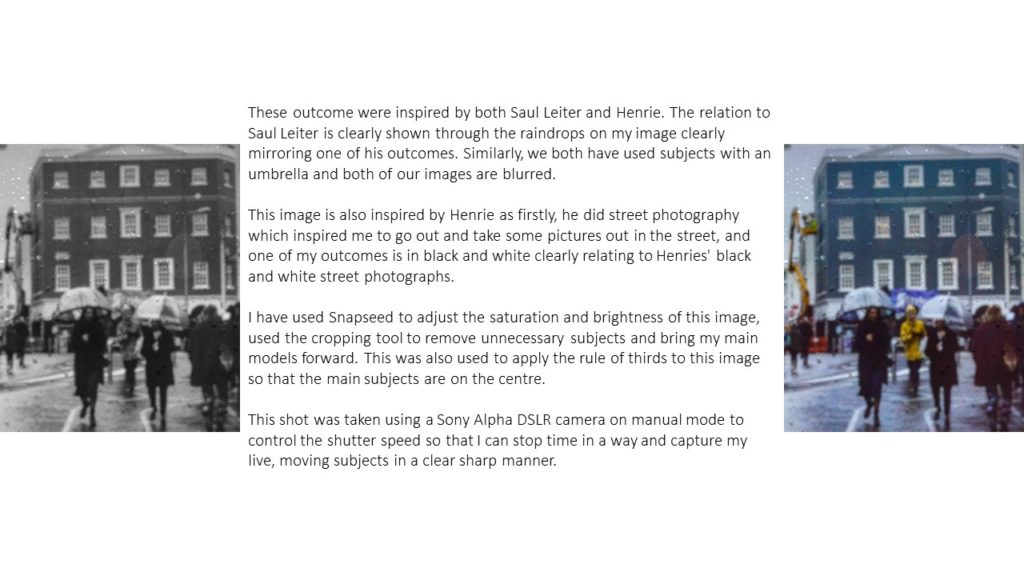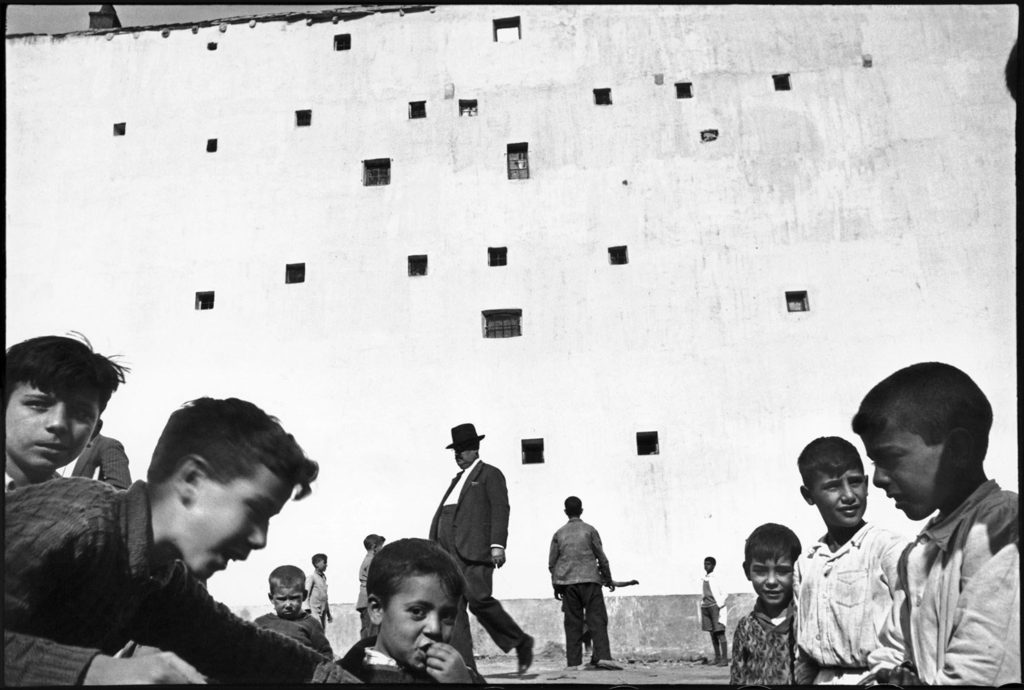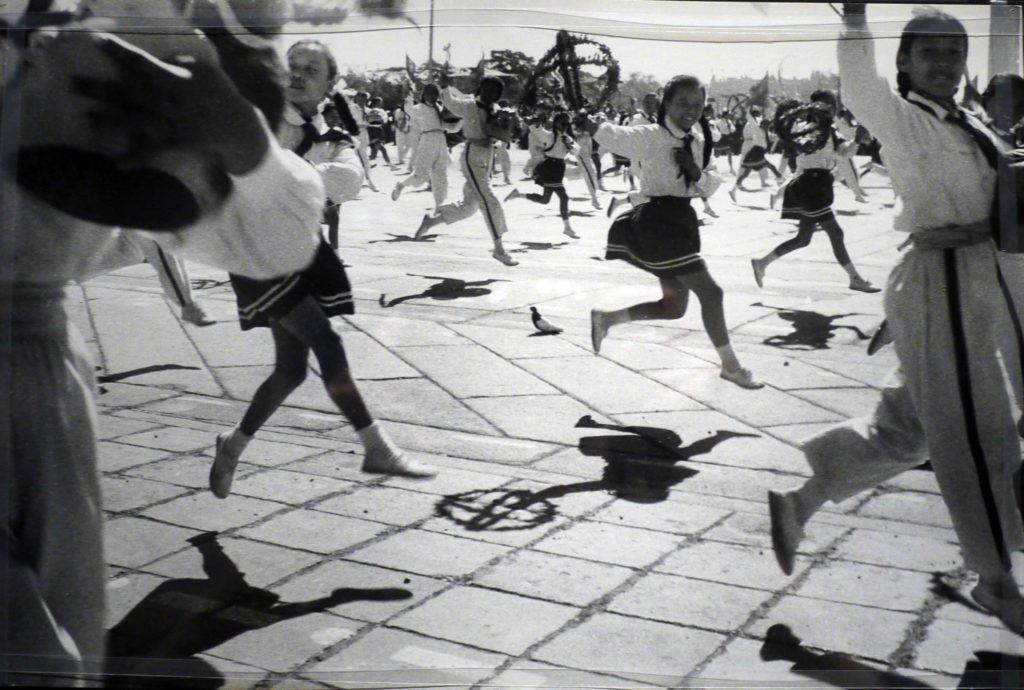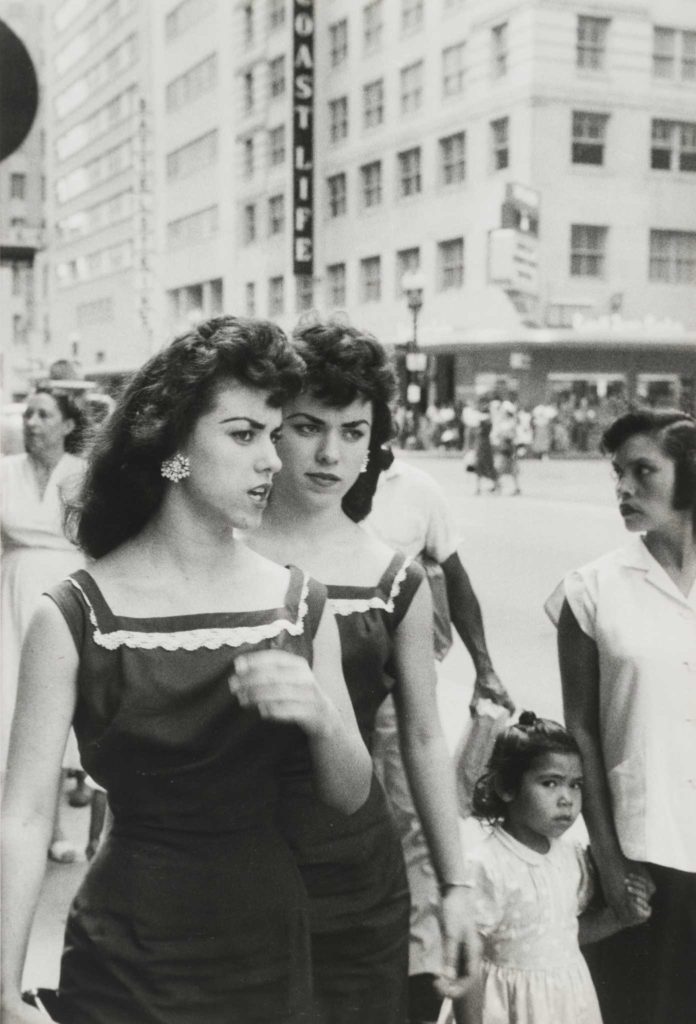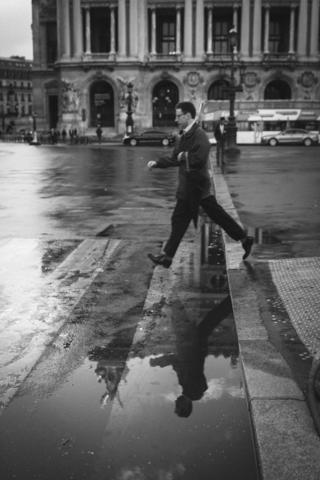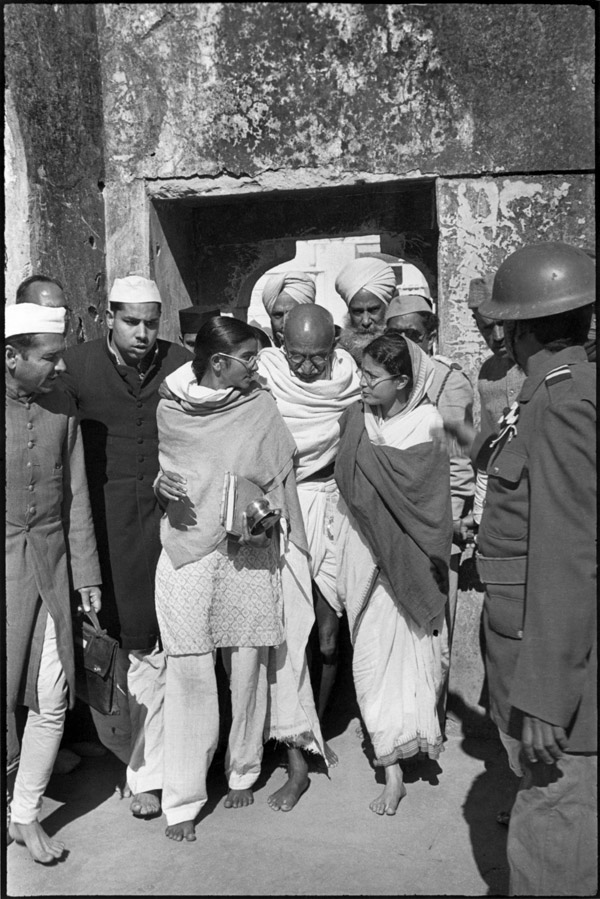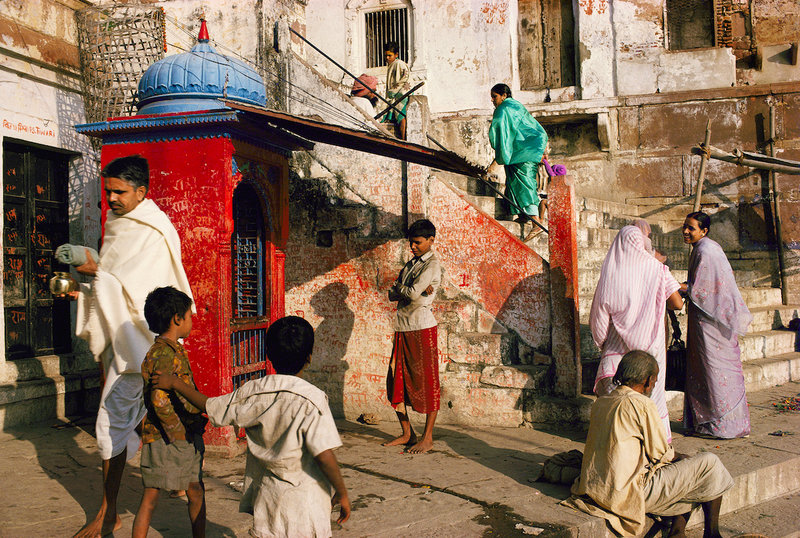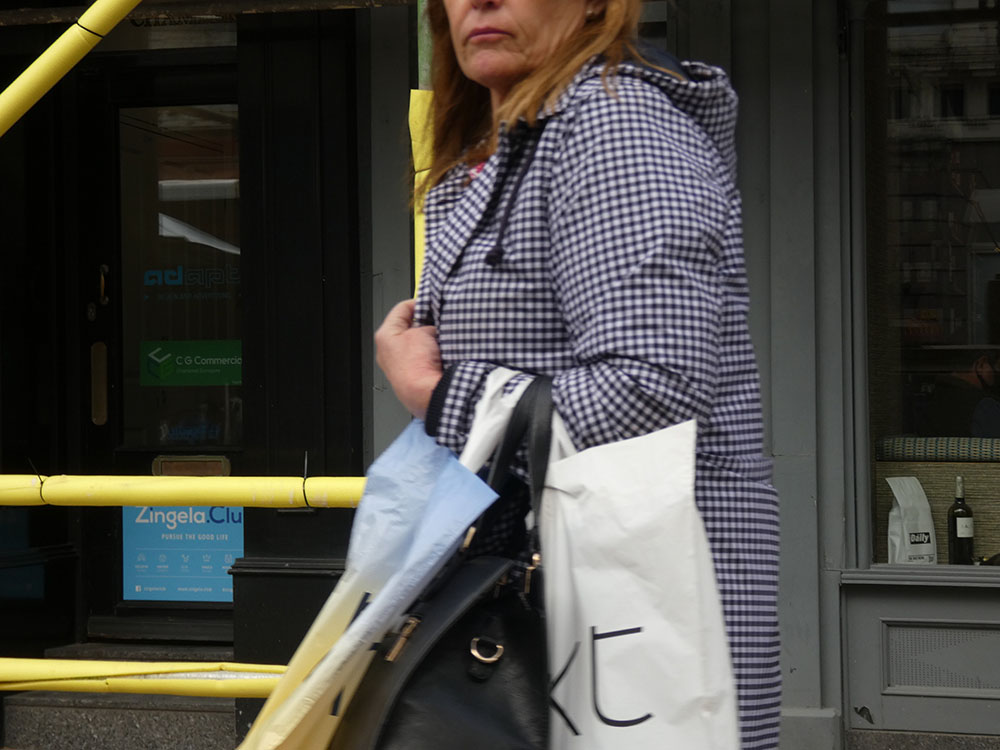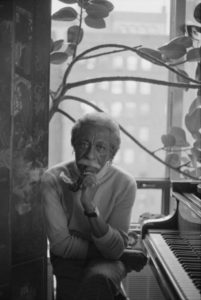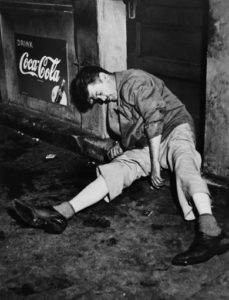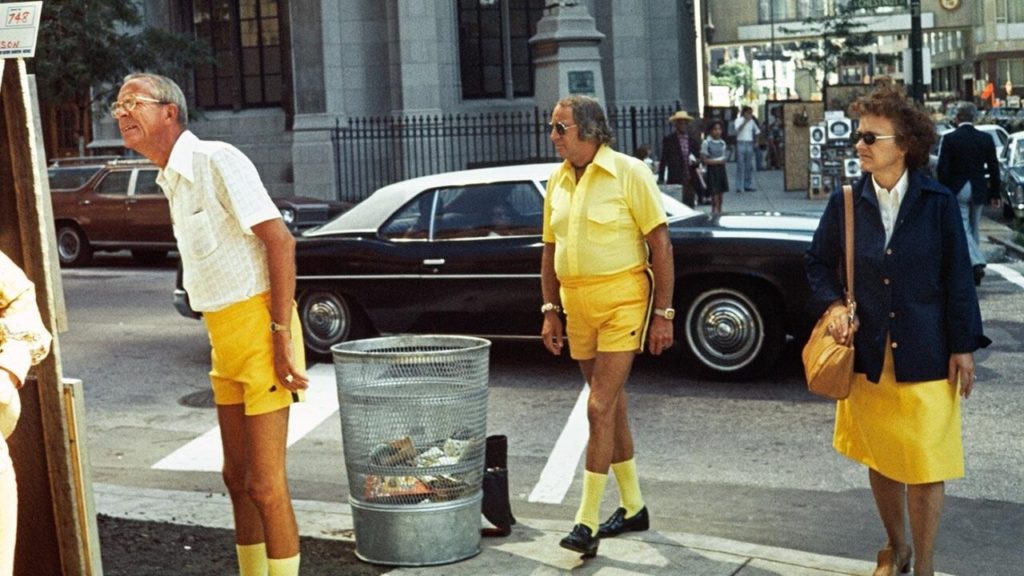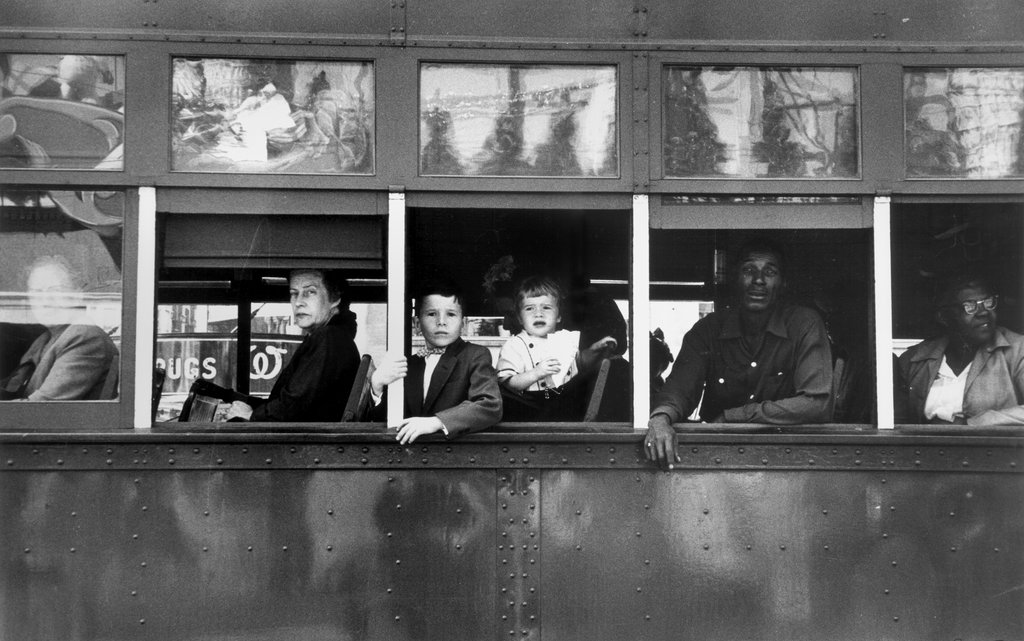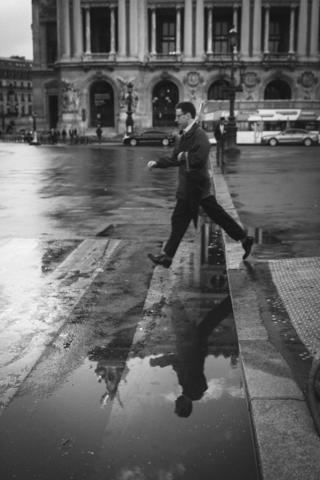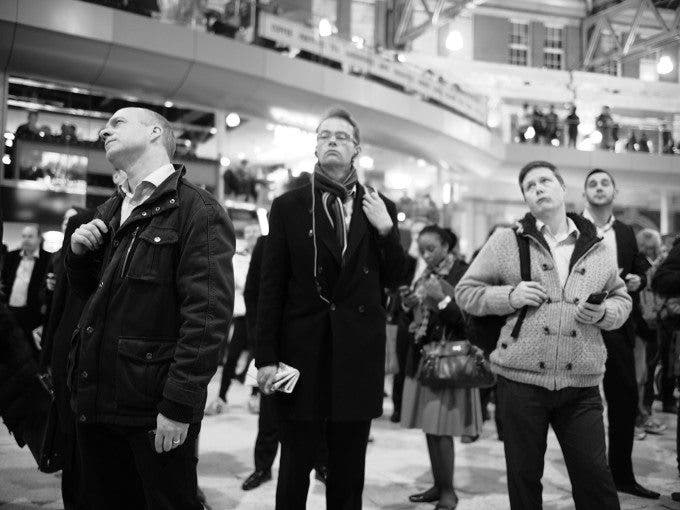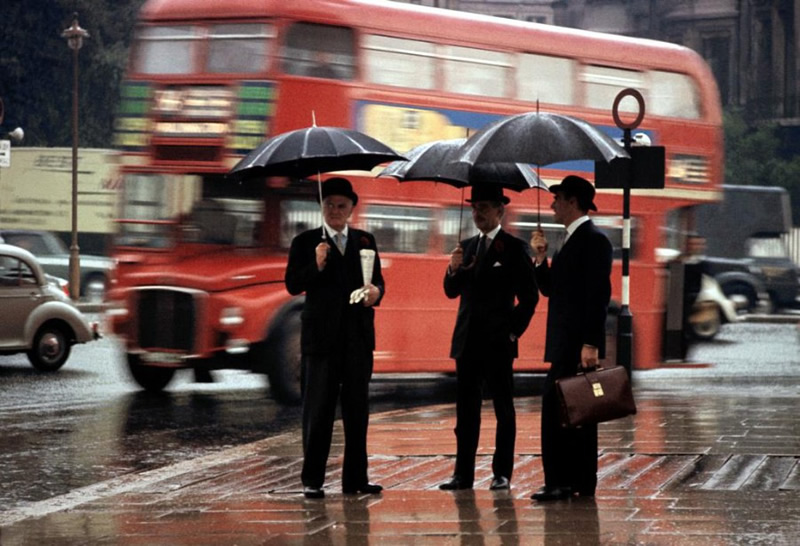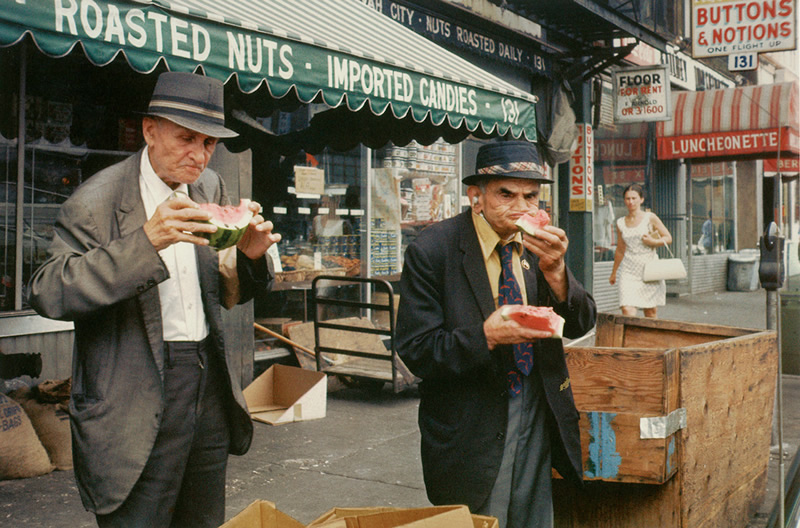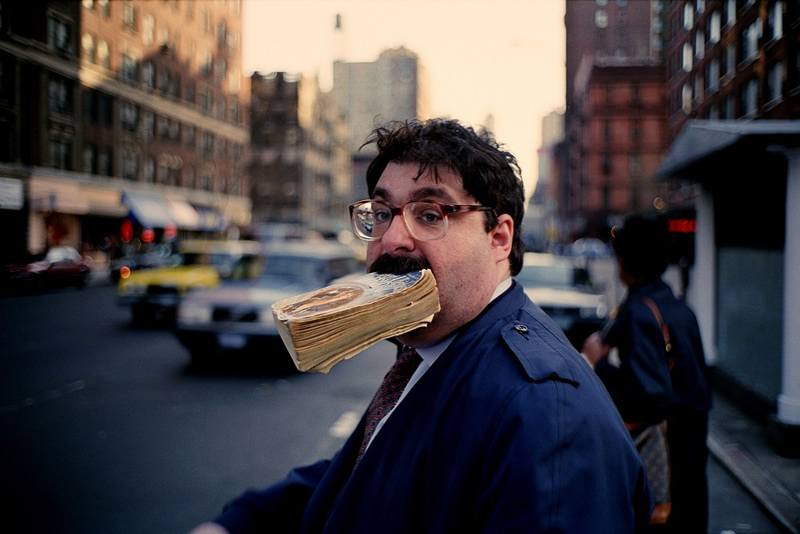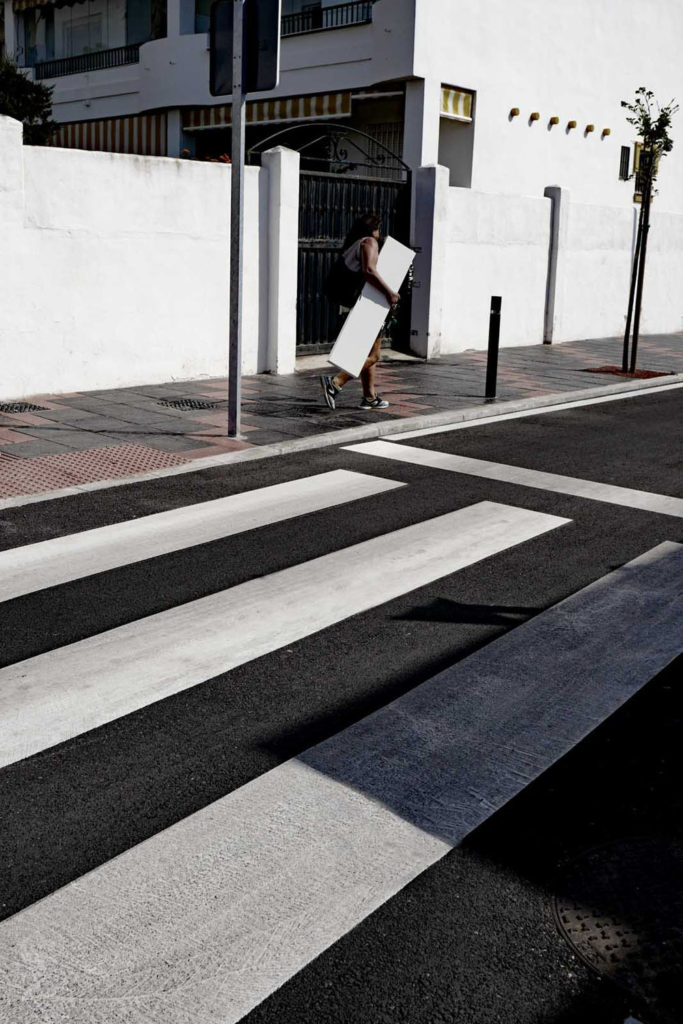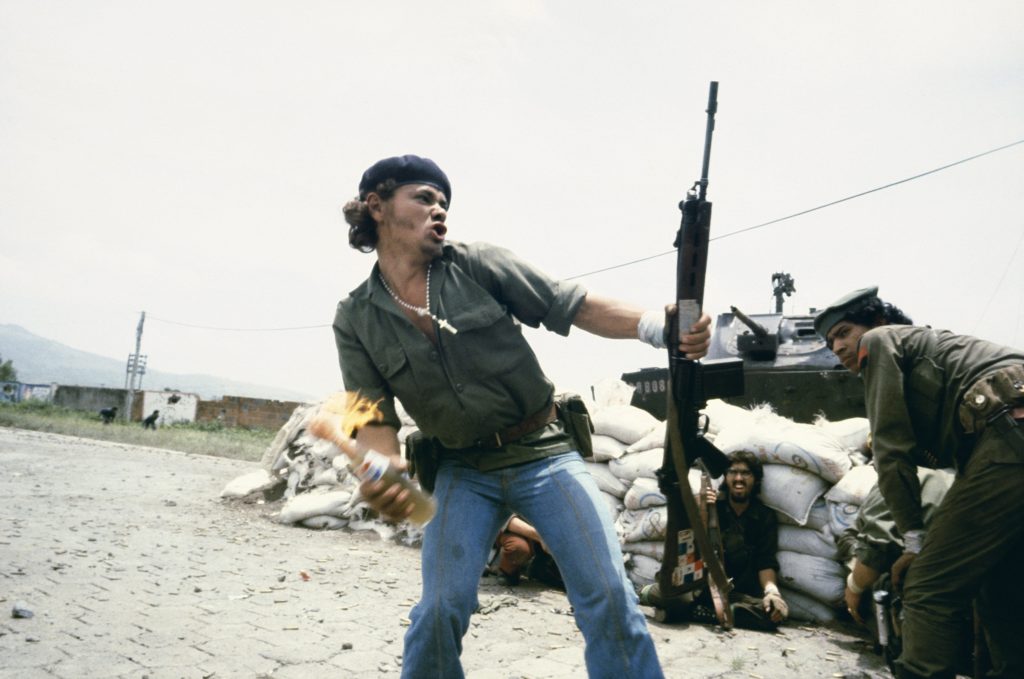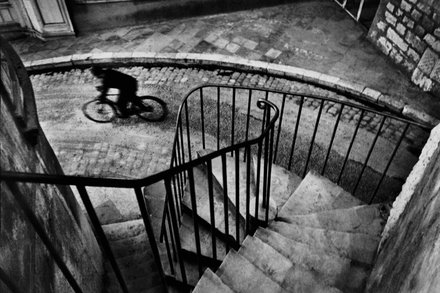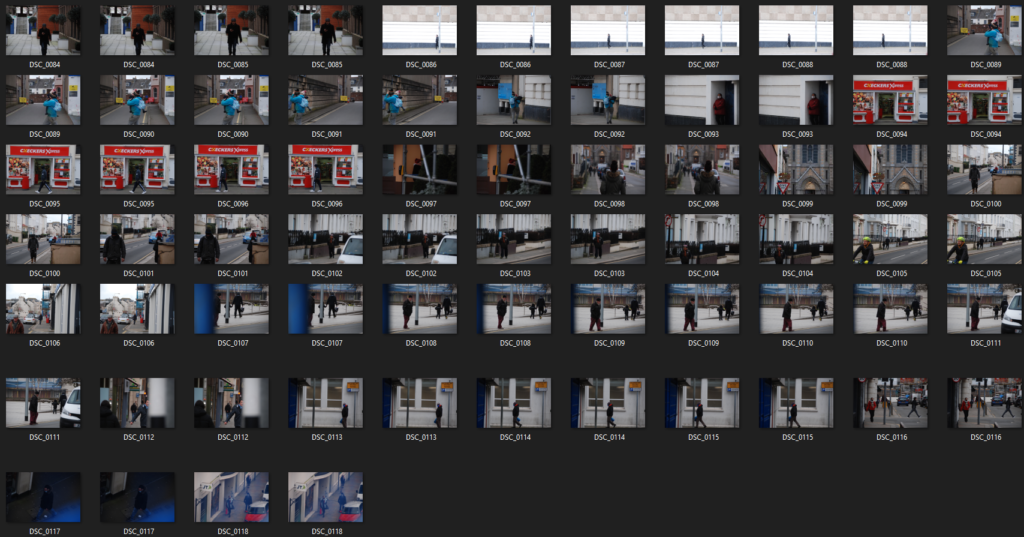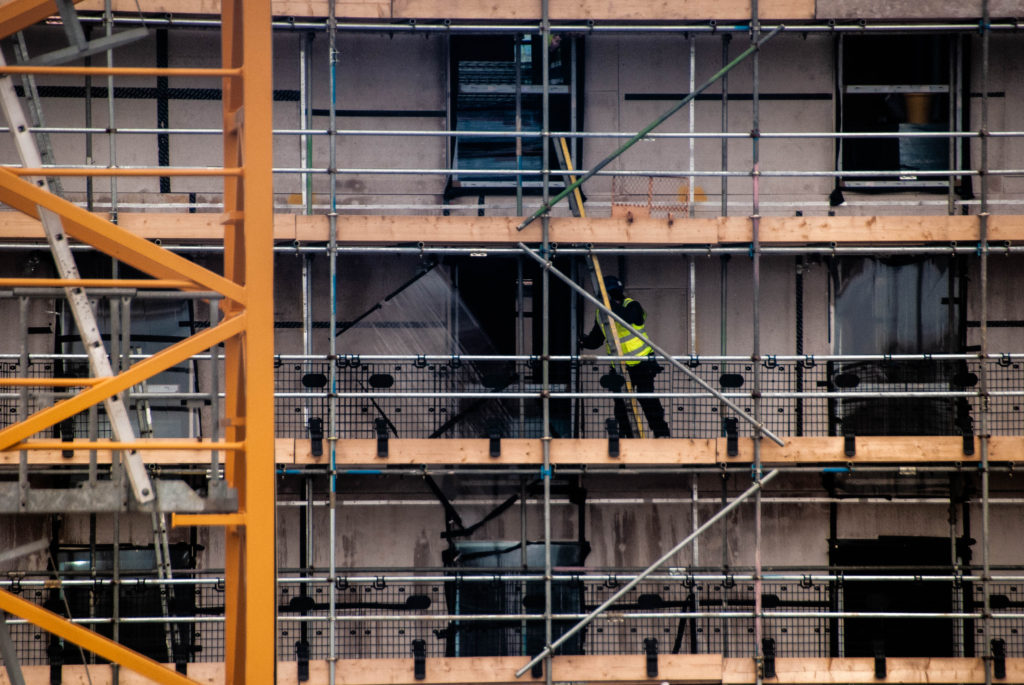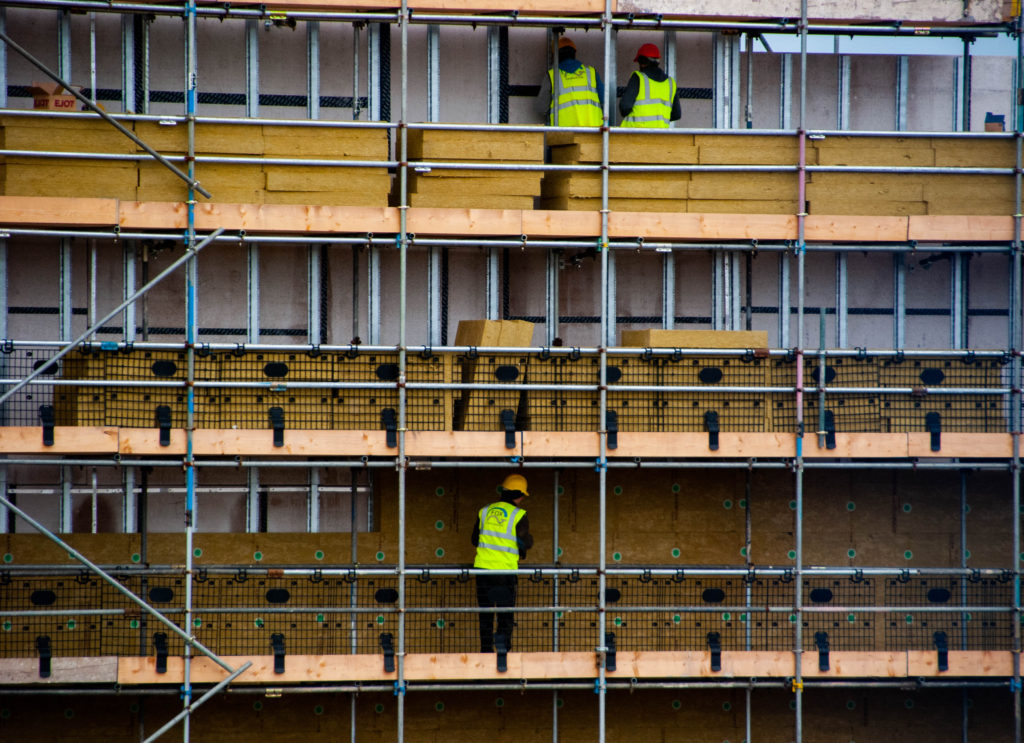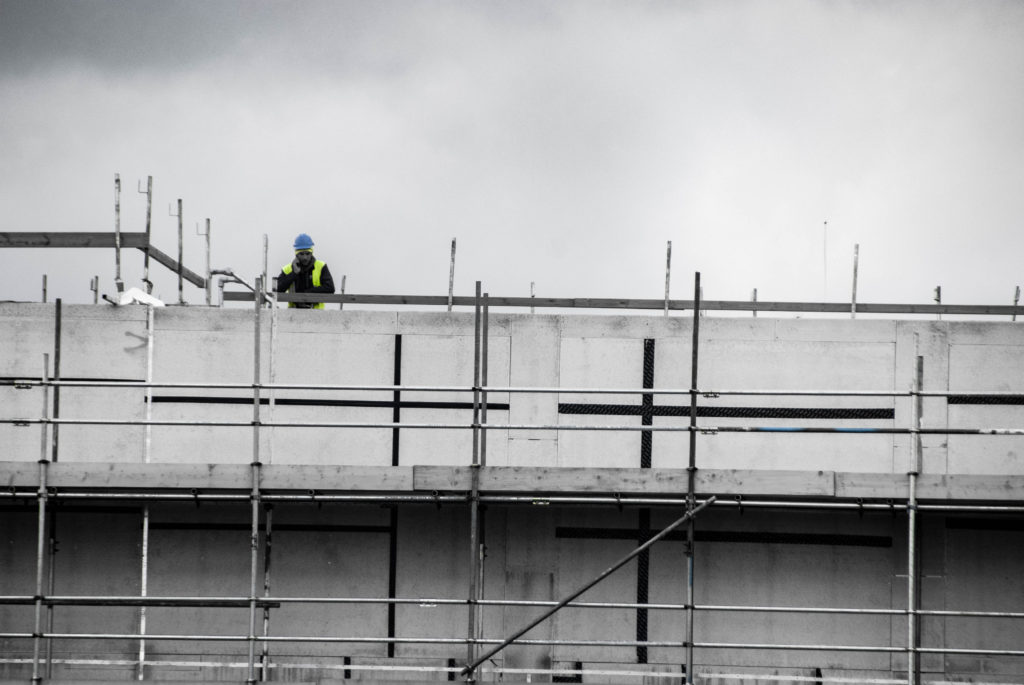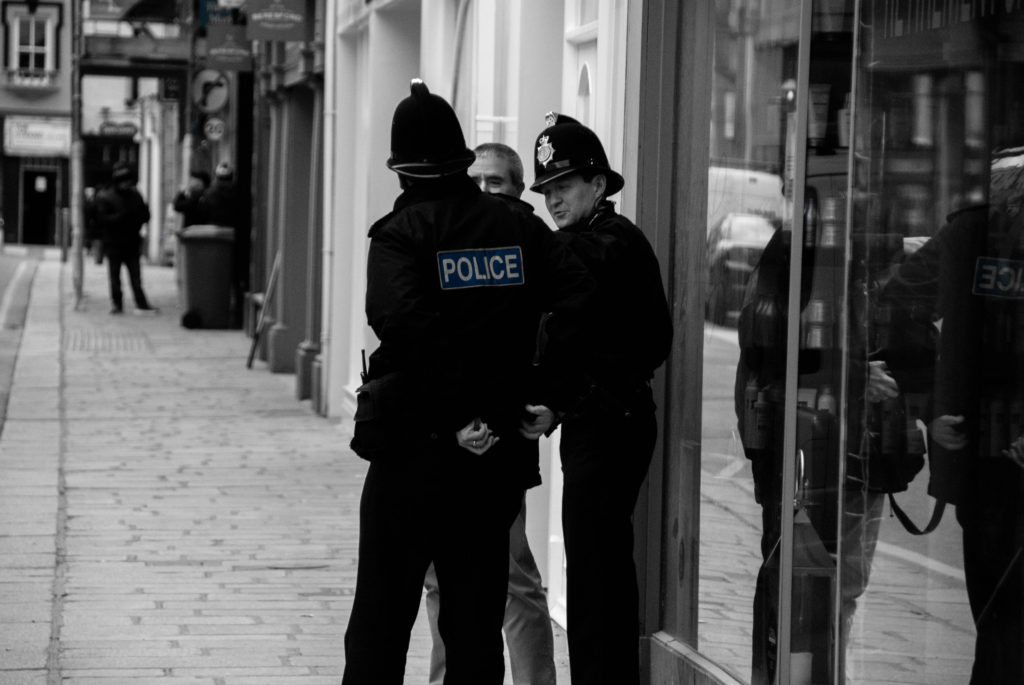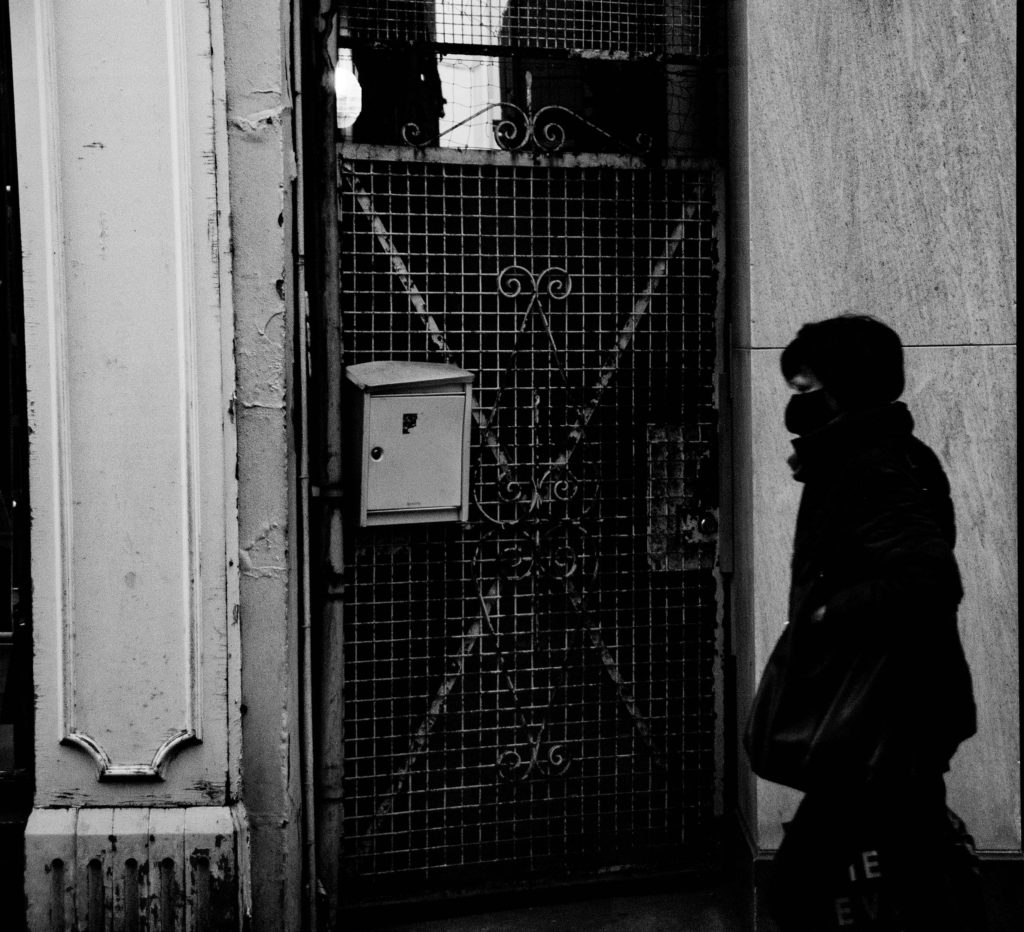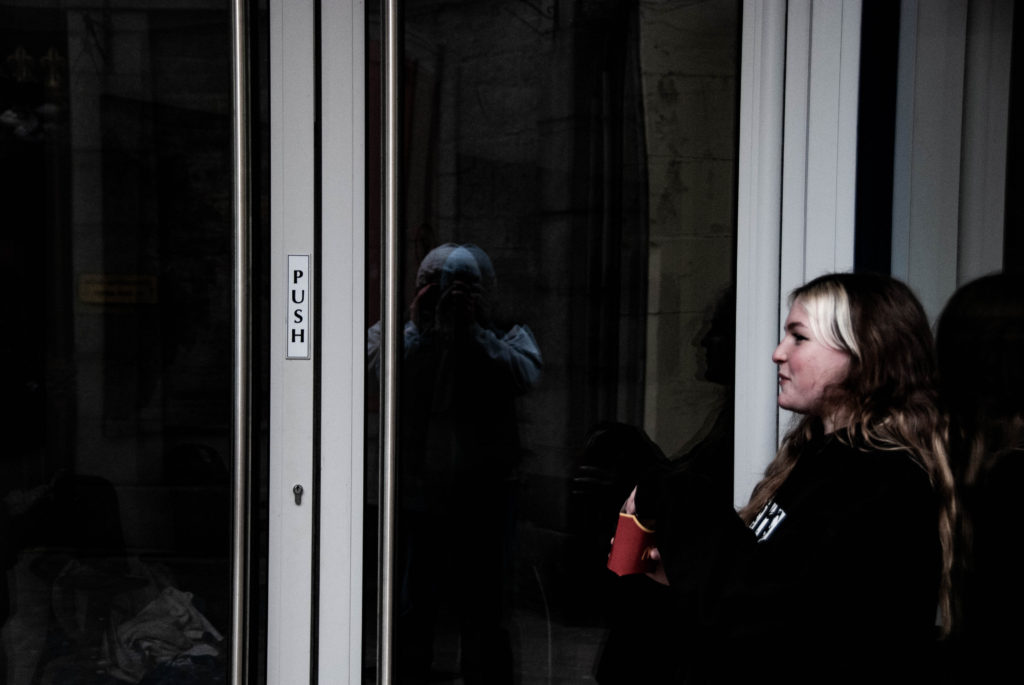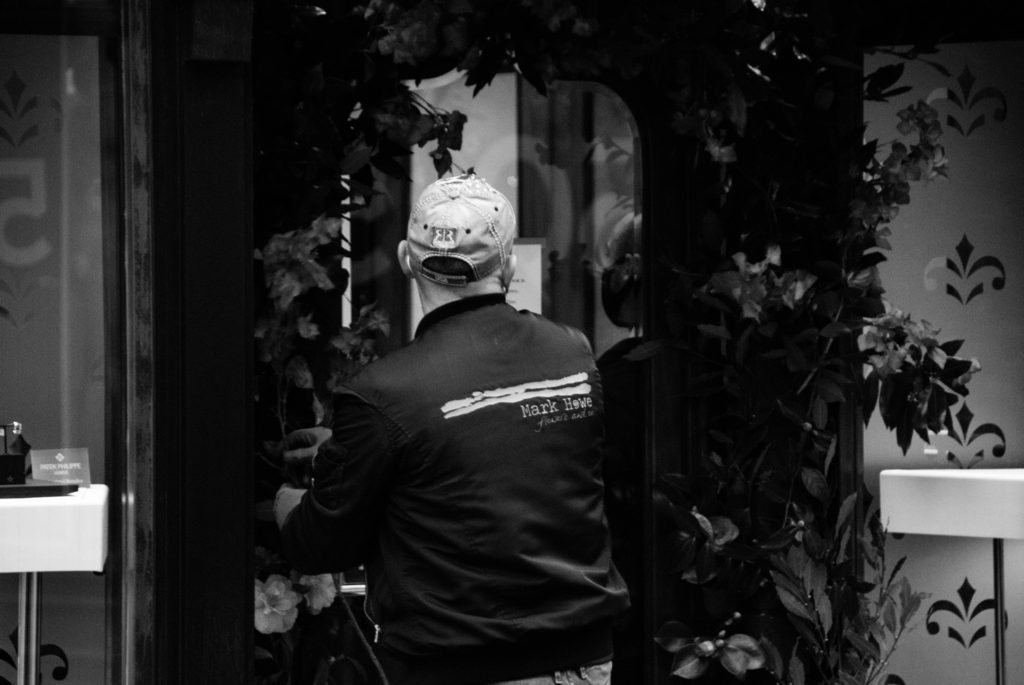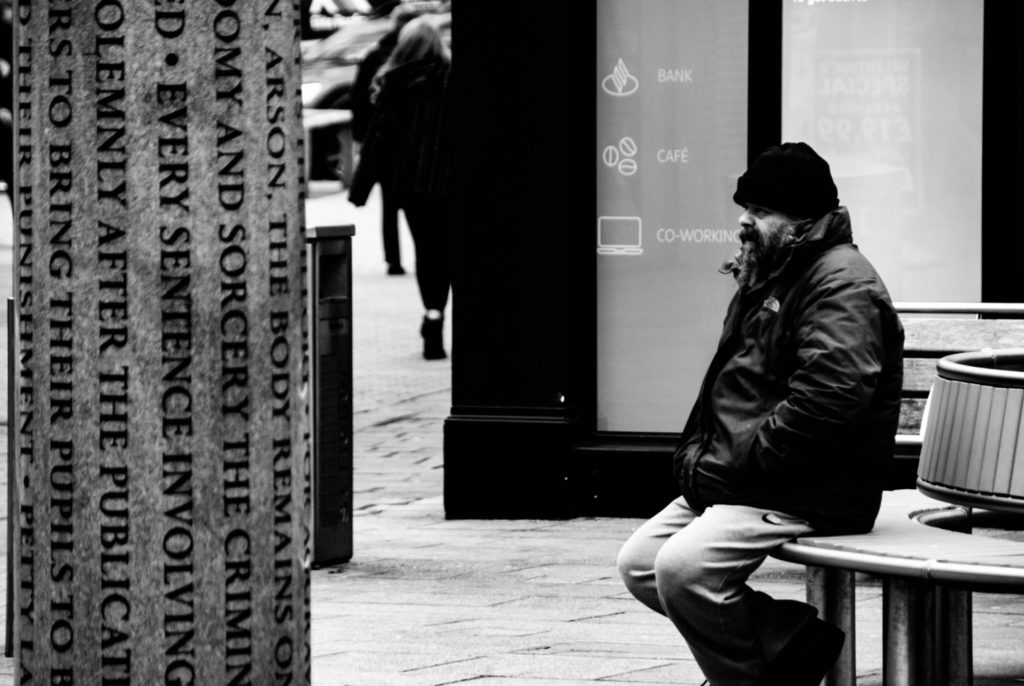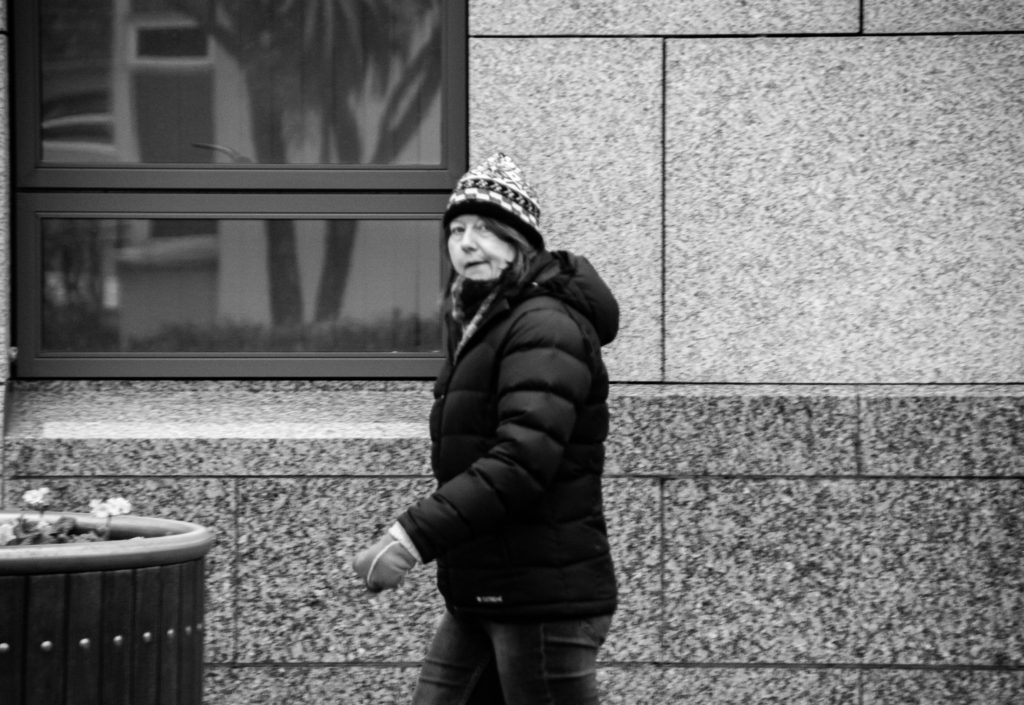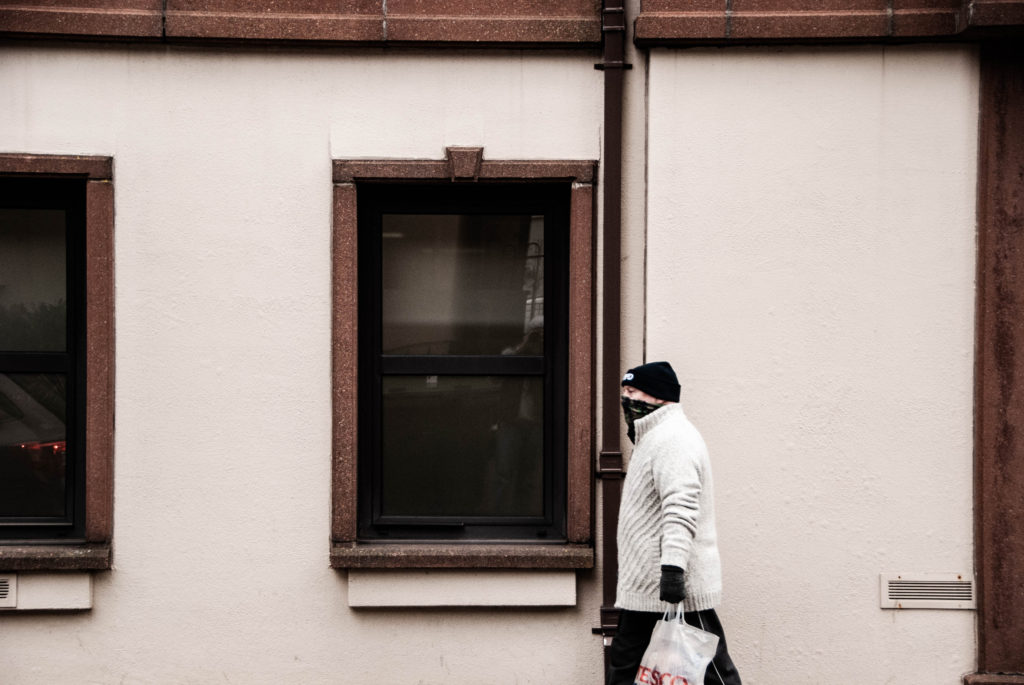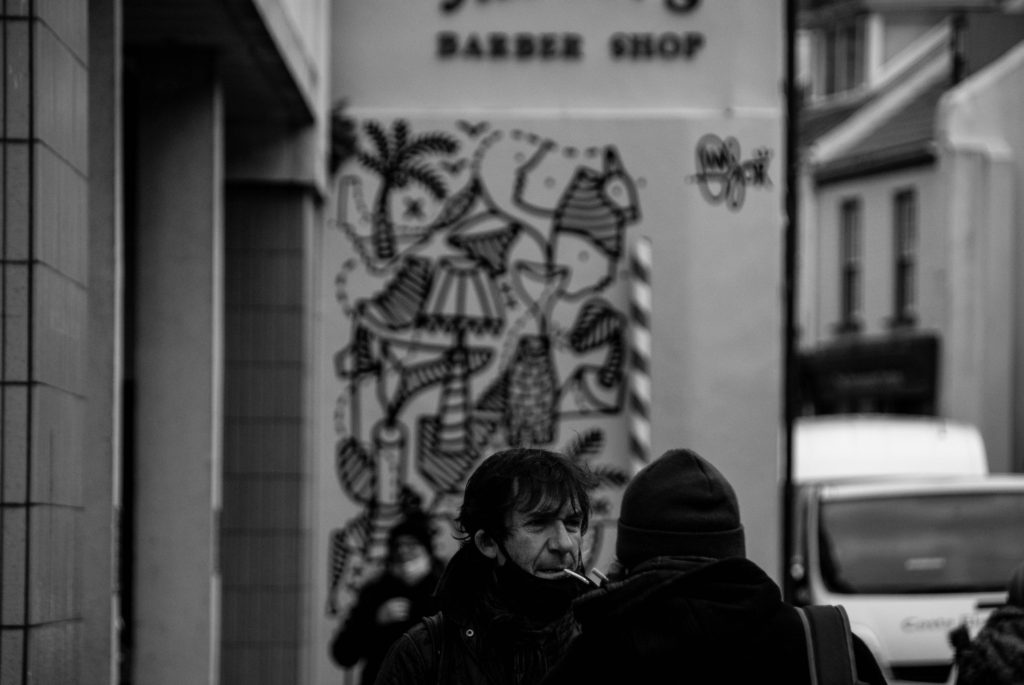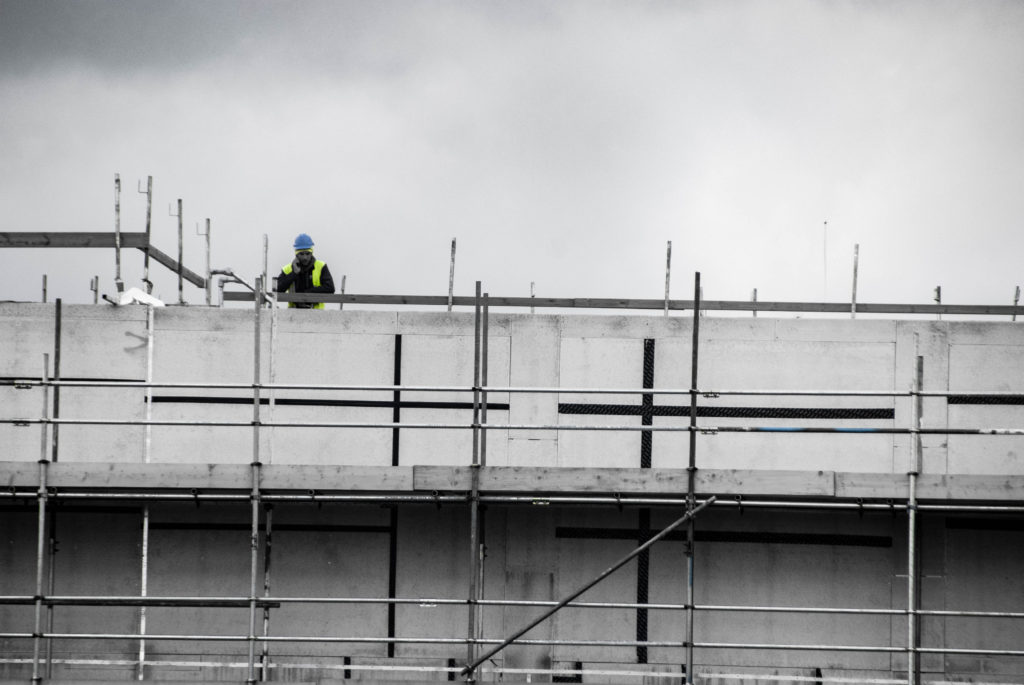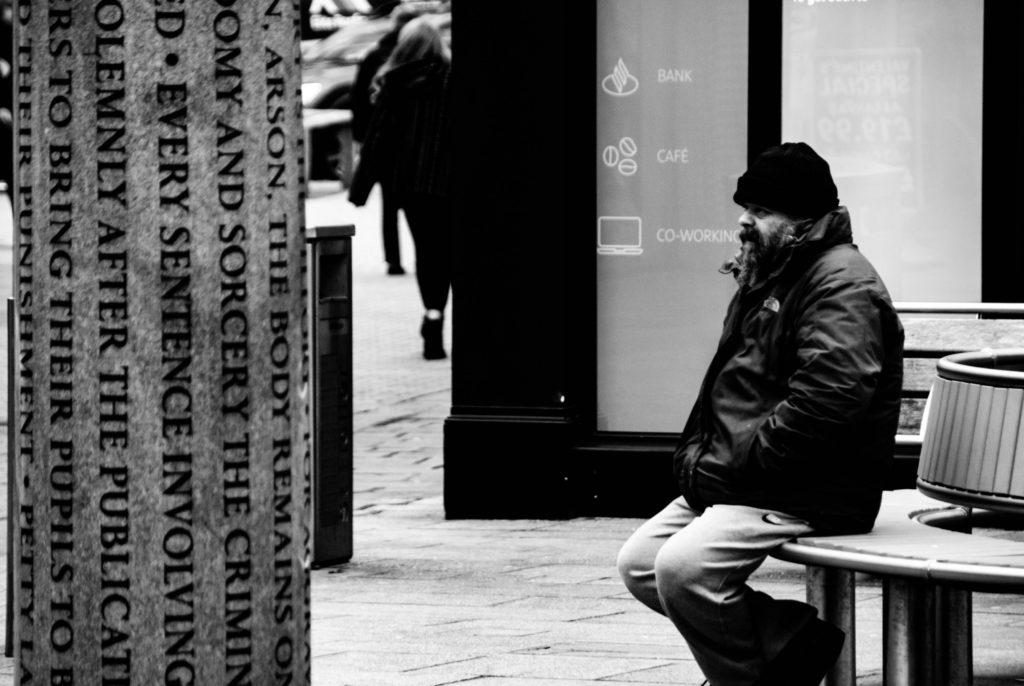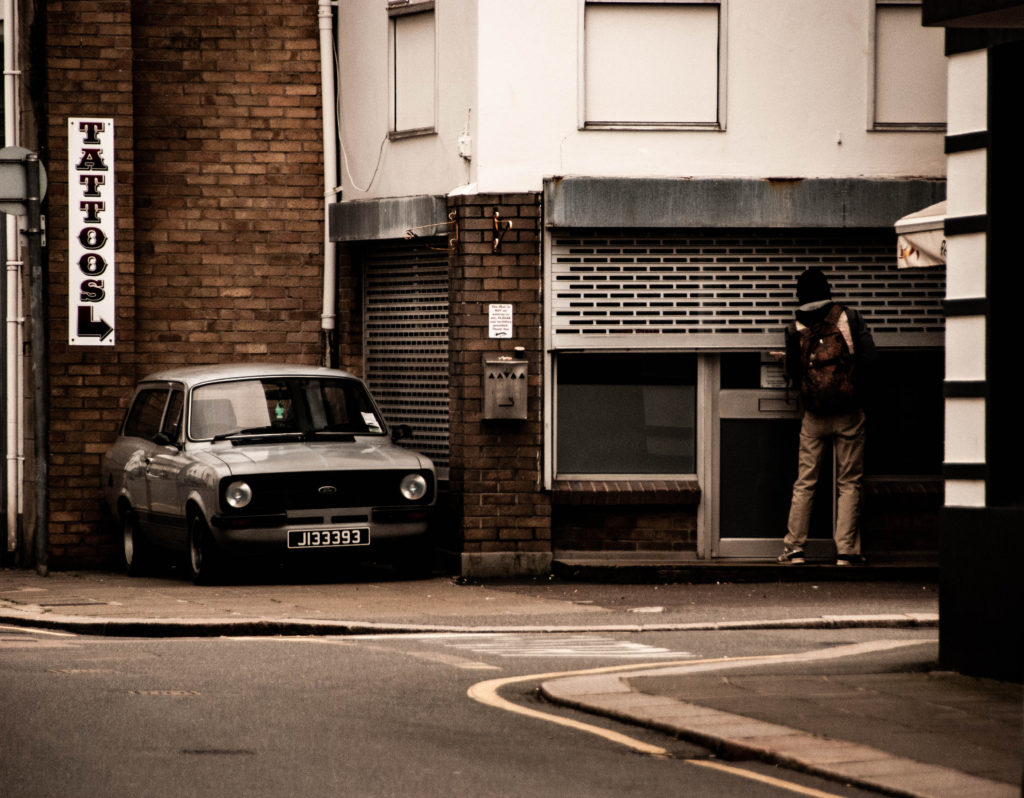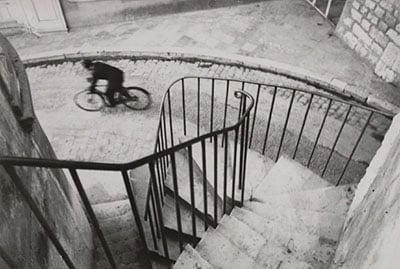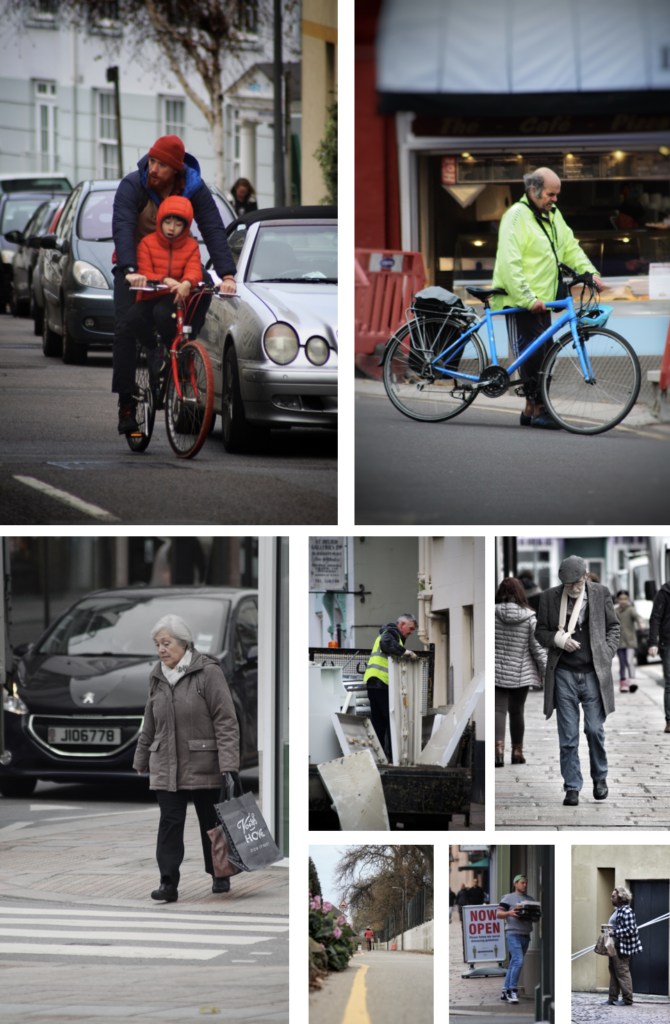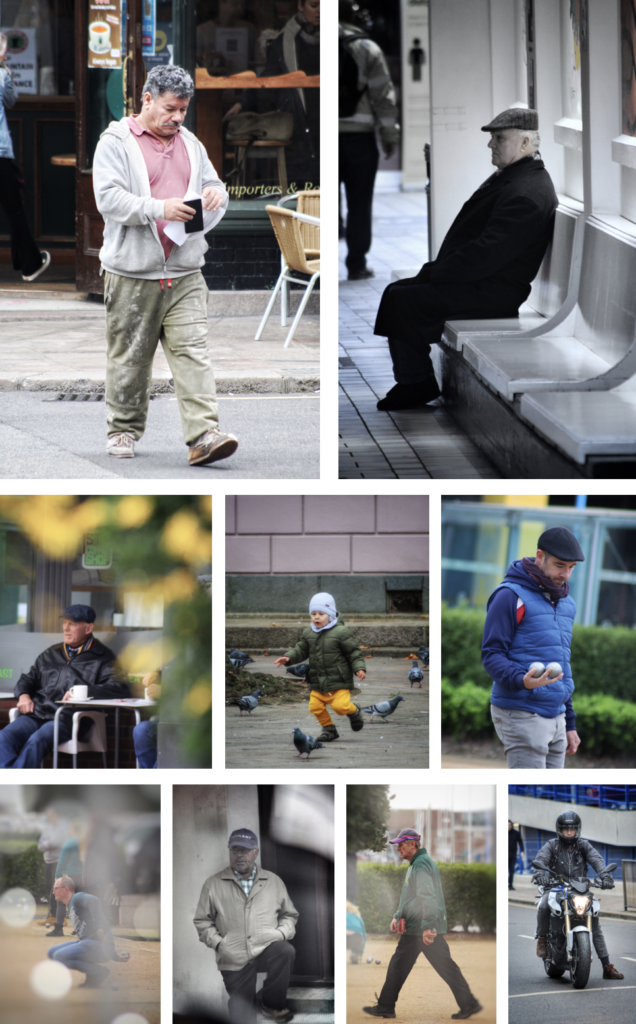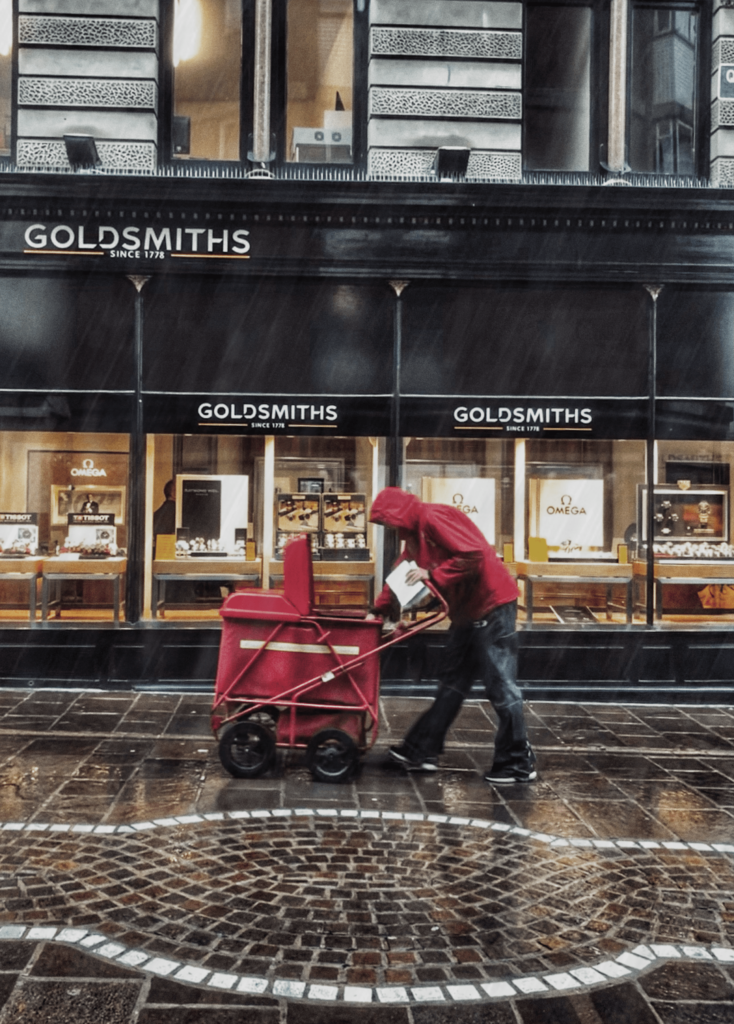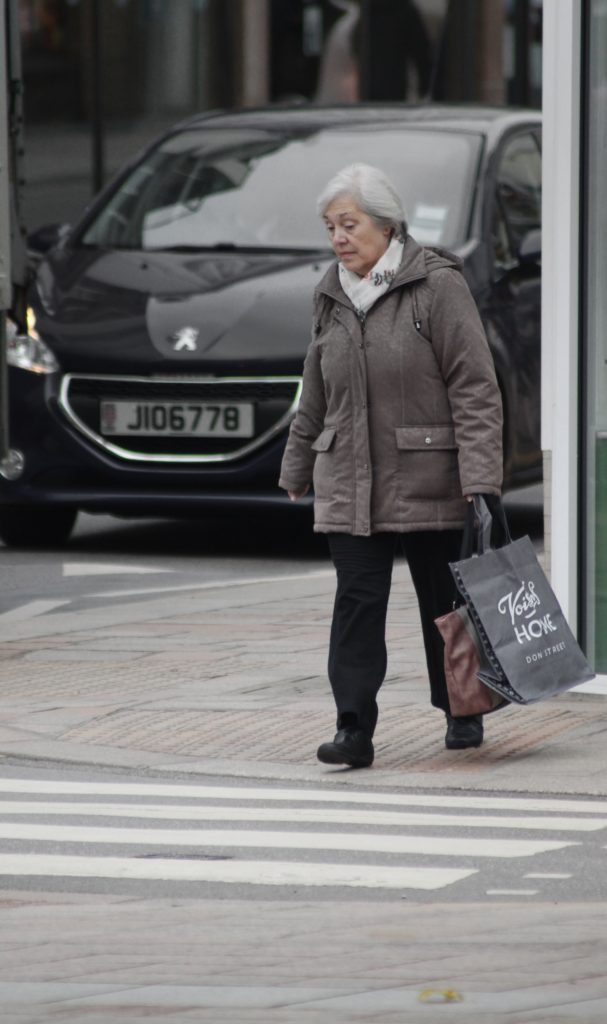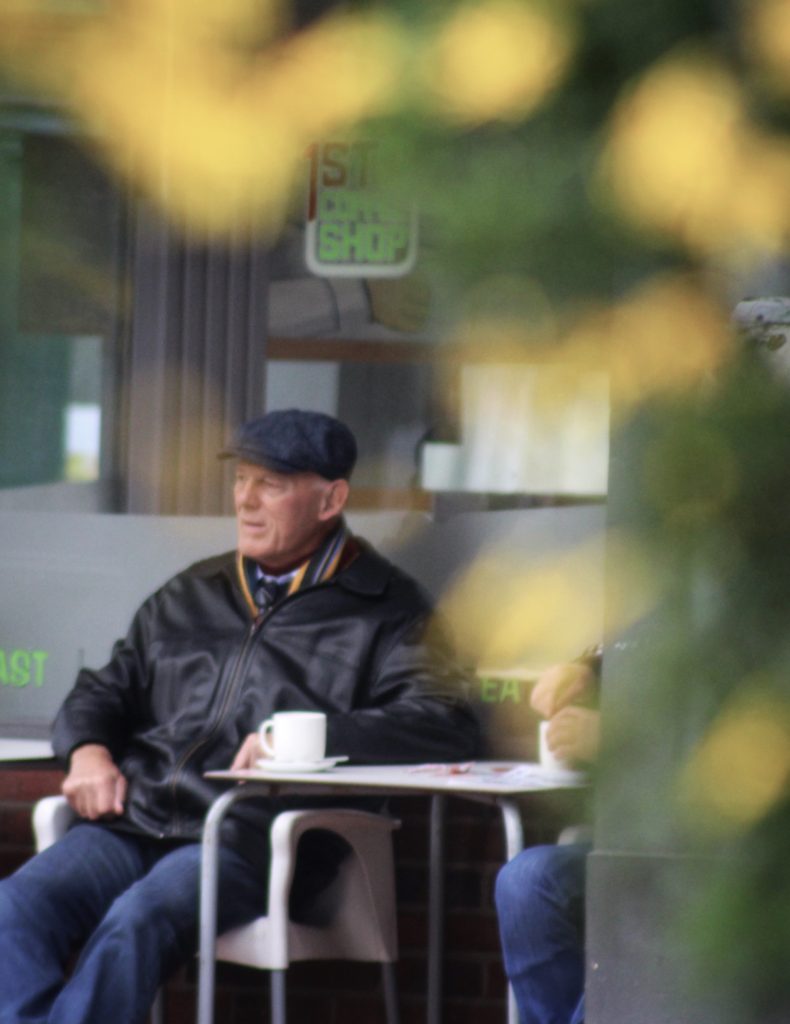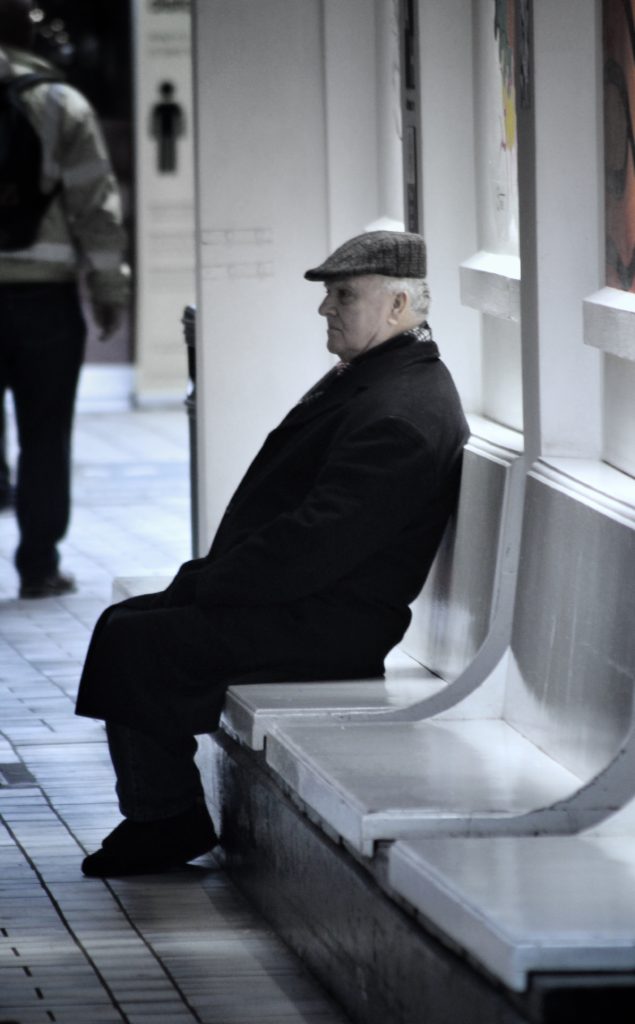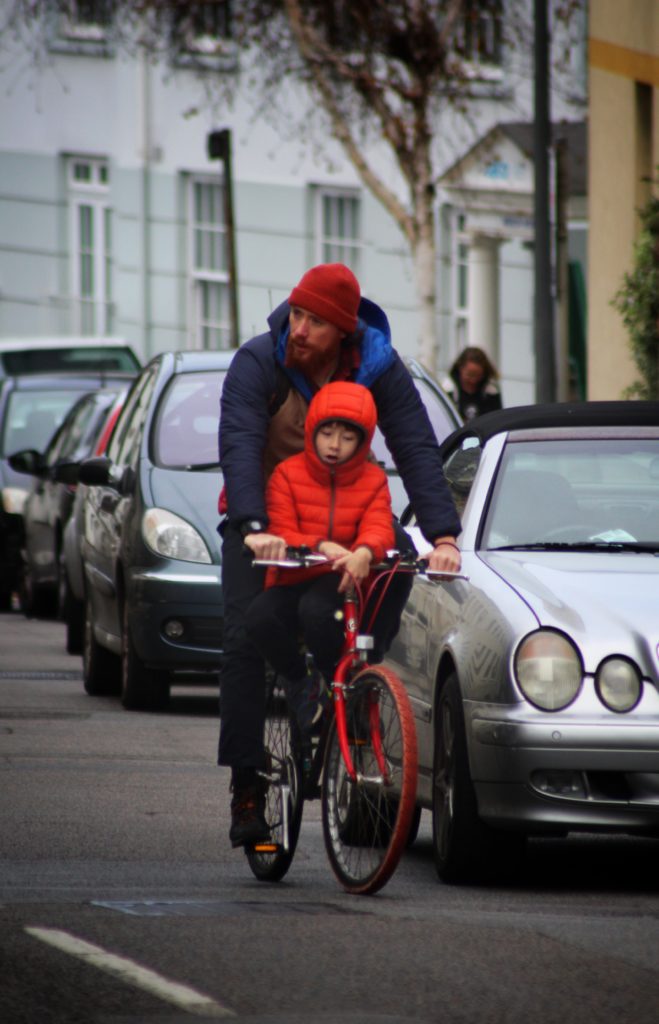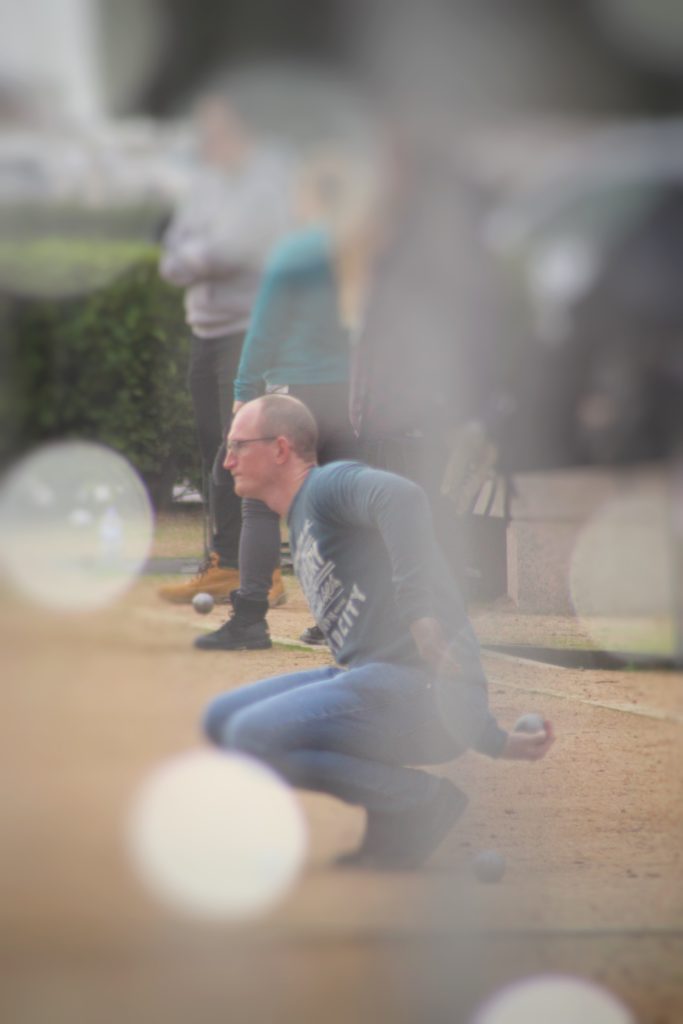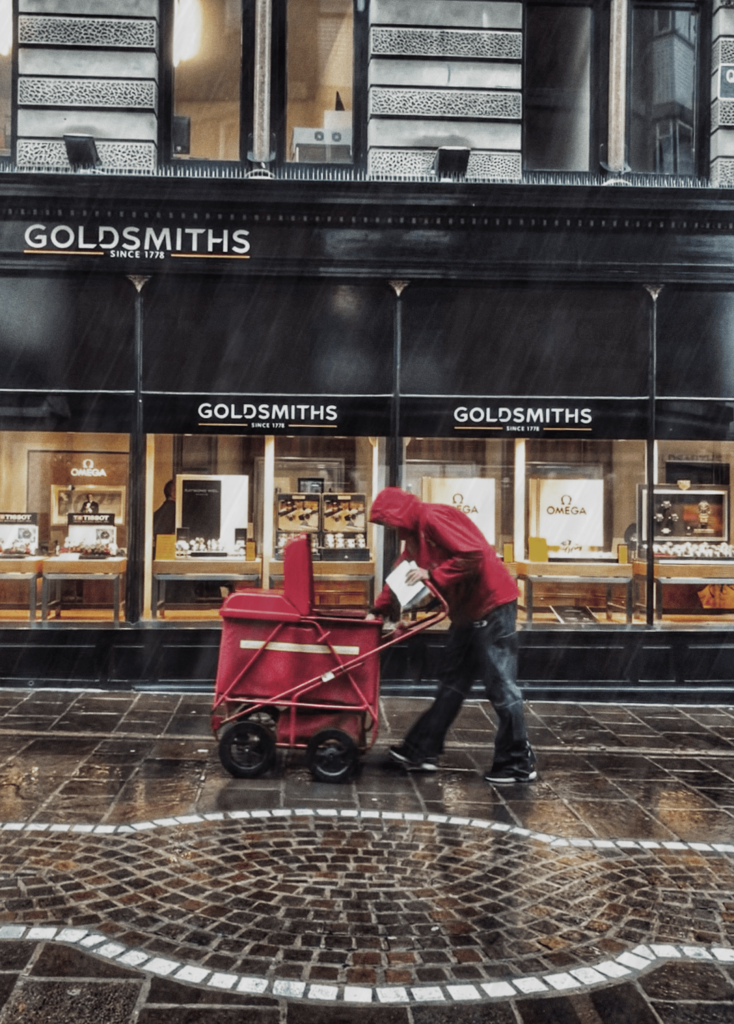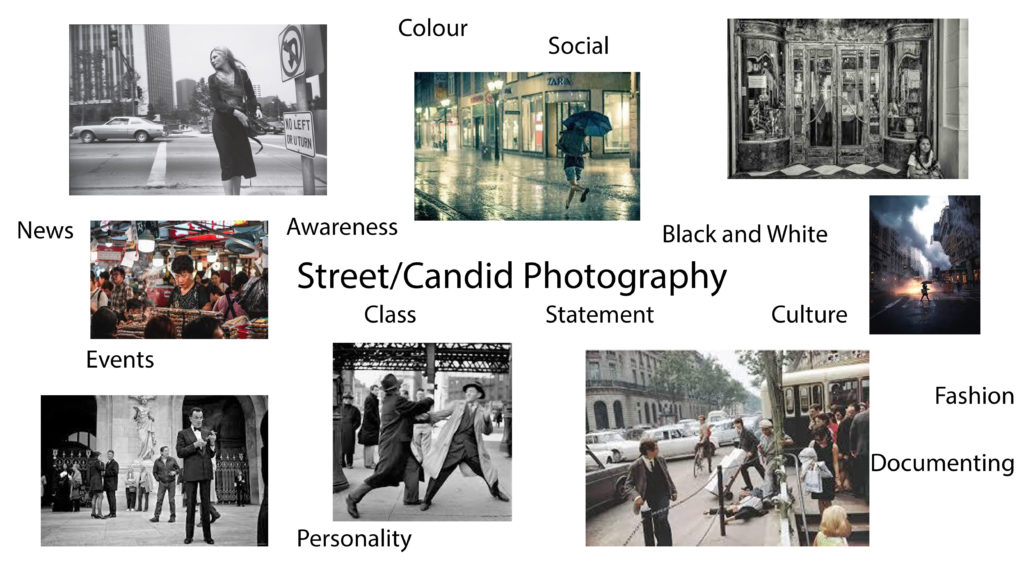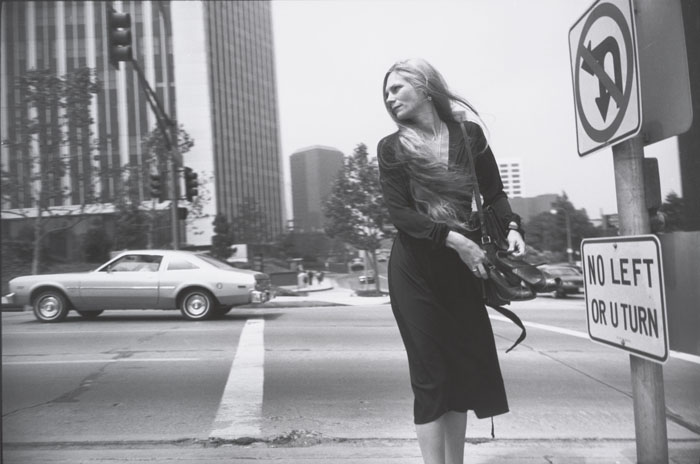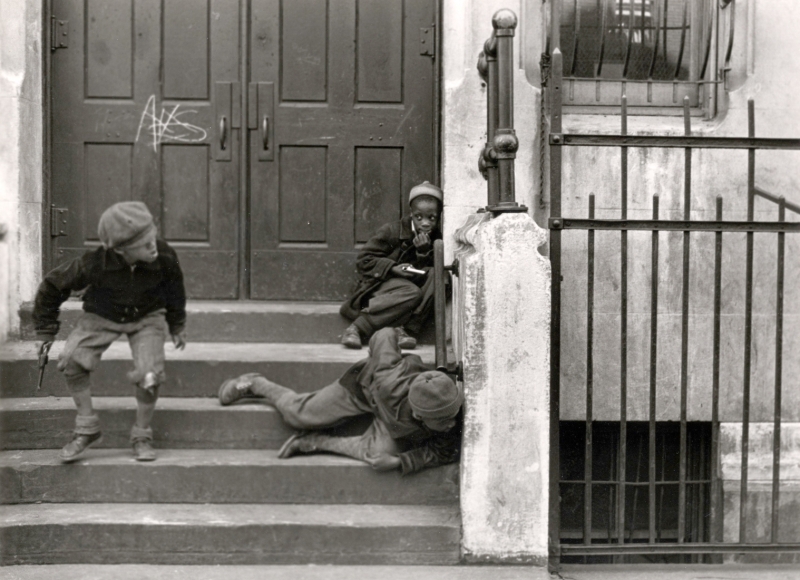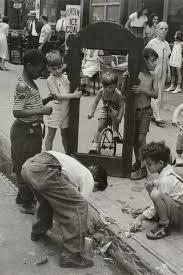With this series of images I attempt to tell a story about an area of St Helier with historical or contemporary links with migrant communities.
My work will focus on three main elements to capture the historical context of the theme of identity and community in St Helier:
A sense of place – for example; location, site, environment, residential area, communal park, architecture and details, Interior of church, community centre, house or home.
Character of community – for example; street scene, decisive moment, staging or performing for the camera.
People and portraiture – For example, a resident outside his/her house/apartment block, shop/ business owner, street portrait/ passer-by.
I focused on three contrasting areas of St Helier:
Route 1: Merchant quarter – This area of town was once where the core community of merchants were located. It was once located right on the waters edge in the 1800s but now boarders the marina – this gives merchants easy access to their ships and therefore gives insight into why this area is dubbed the merchant quarter. I enjoyed photographing the character of community in this area as people fused with their environment and seemed to interact with it well.

Route 2: French/ Portuguese quarters – This area of town is where most of the European migrant such as the large number of French and Portuguese people that began settling. This area features a diverse range of neighbourly people who form a lively community. This is why I found this area was most interesting to shoot in terms of people and portraiture.
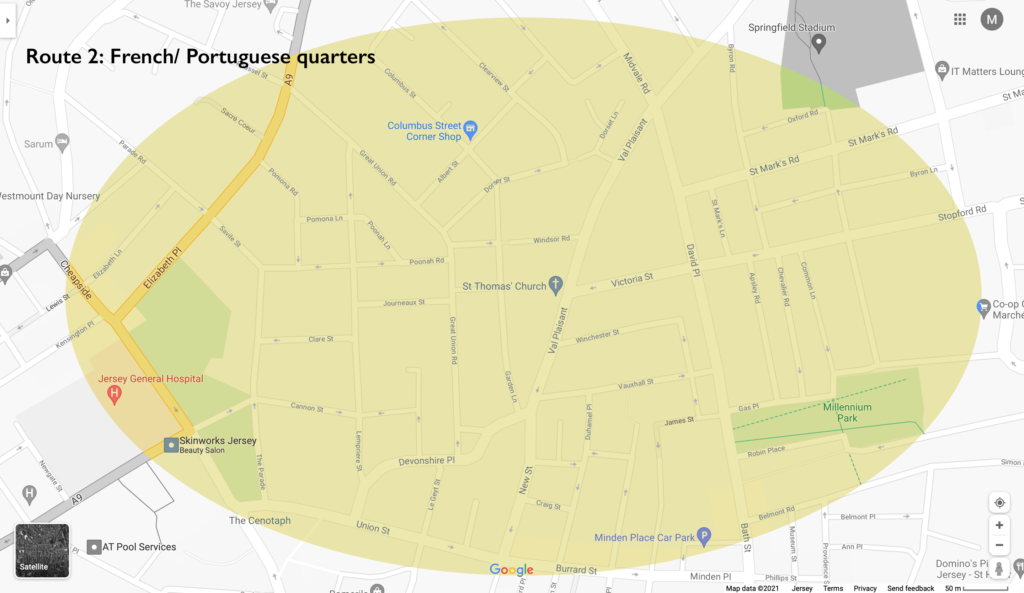
Route 3: British expats/ wealthy residents (Rouge Boullion) – The United Kingdom is Jersey’s closest international partner. Deep social, cultural, economic and constitutional links between us have been built up and maintained over hundreds of years. This area is where most of the wealthy residents and British expats began to settle. The rich architecture in this area is what I found most interesting to shoot. The wealthy British would bring their builders over from the UK to build the magnificent houses. Shooting a sense of place in this area was what I focused on.

Mood Boards
Sense of Place

Character of Community

People and Portraiture

Contact Sheets




Shoot 1 – a sense of place
During this shoot I focused on capturing St Helier’s buildings and homes in a manner that encapsulated the social and historical contexts of Jersey. I did this by shooting different styles of buildings – Portuguese, British, houses, shops, offices. I also shot structures which had different ages; I shot newer office blocks and also old houses that had been around since St Helier’s birth.
During my editing I focused on aesthetic composition; I therefore made sure to frame everything in a symmetrical or artistic manner.

I also focused on dramatizing the buildings using deep colour schemes and contrast.

Final Images:

The image above presents a pleasing visual aesthetic as the images share a consistency. They are consistent with framing and composition with the two doors and stairs framed identically. This image tells a story of community and their connection through identical housing, but also shining focus on unique identity shown by the different colour choices of the doors. These images are also effective at referencing a sense of place A few other images that achieve this message in one composition are shown below.

The below images share warm tones and a ‘lens flare’ in the top of the composition that give the images a sense of prosperity that suggests the buildings have been stood happily looking down on the community for a long time.


Shoot 2 – Sense of Character
For this shoot I shot people of St Helier interacting with their environment and each other. This produced a wide range of emphatic images expressing emotion and telling a story about the area they are in and about what type of people they are.
I also shot images where there was a lack of people in the shot in a physical sense. I instead shot urban landscapes where there was a setting created by people and shaped by the community but lacked the physical presence of people. For example this image of a food stall tells a story about the community and their everyday lives without anyone actually being present in the image.




The following images are of scenes composing of characters of the community. I like the way they are composed in a way were they blend in with their environment, and all look to be living the hustle and bustle of St Helier, just like their migrant fisherman, merchant ancestors.



Shoot 3 – People and Portraiture
For this shoot I focused on capturing the emotion of the people I shot. I also focused on shooting people who were busy going about their day in a variety of different ways, weather that be playing guitar on the pavement or taking a smoke break; the images tell a story of identity.

